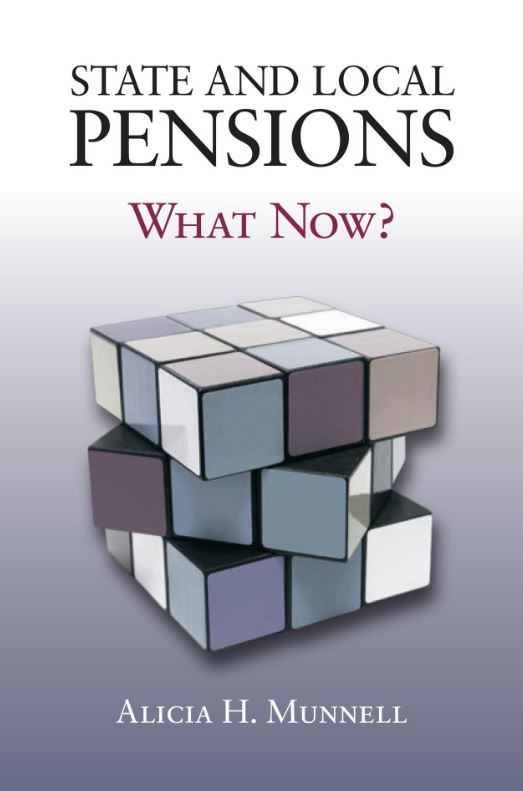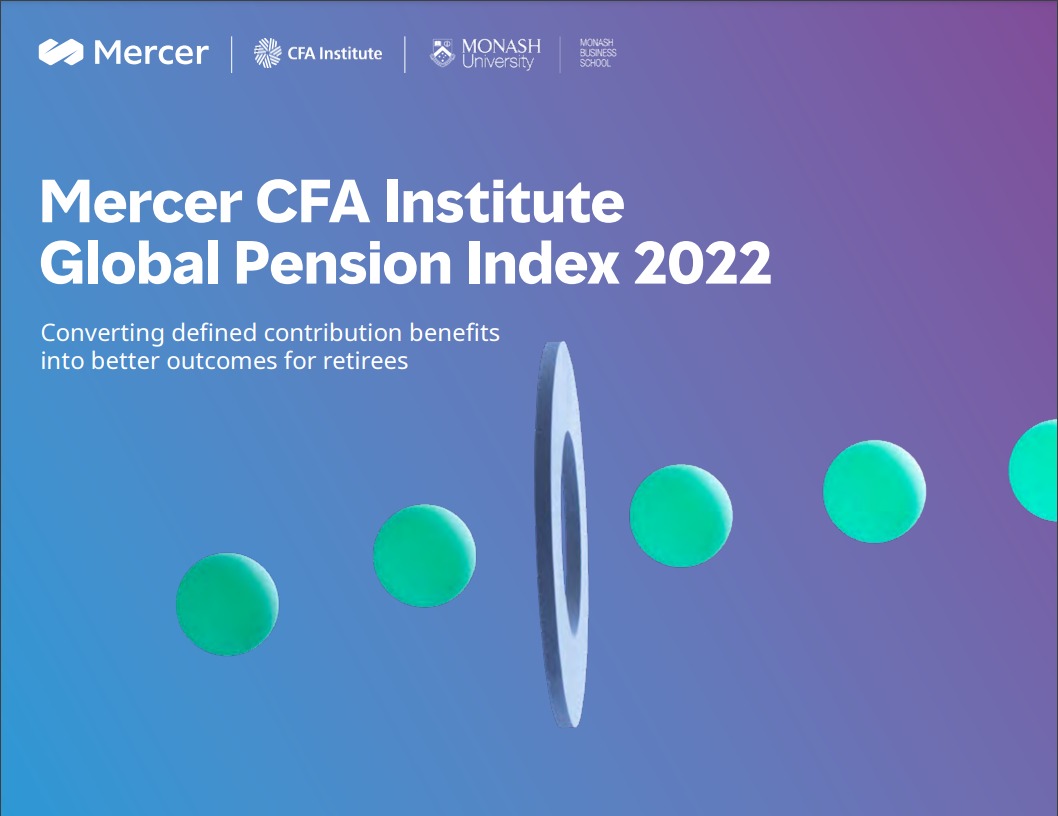The Financialization of U.S. Public Pensions, 1945-1974
By Sean Vanatta This article examines a major transformation public employee pension investment in the United States, from investing public funds in public infrastructure in the 1940s and 1950s, to investing public funds in private securities—corporate bonds, stocks, and mortgages—in the 1960s and 1970s. Three factors drove this change. First, in the adjacent field of professional asset management, motivated financial elites orchestrated a shift in state-level trust law, from legally-sanctioned investment lists, which encouraged amateur investment and safety, to the...










